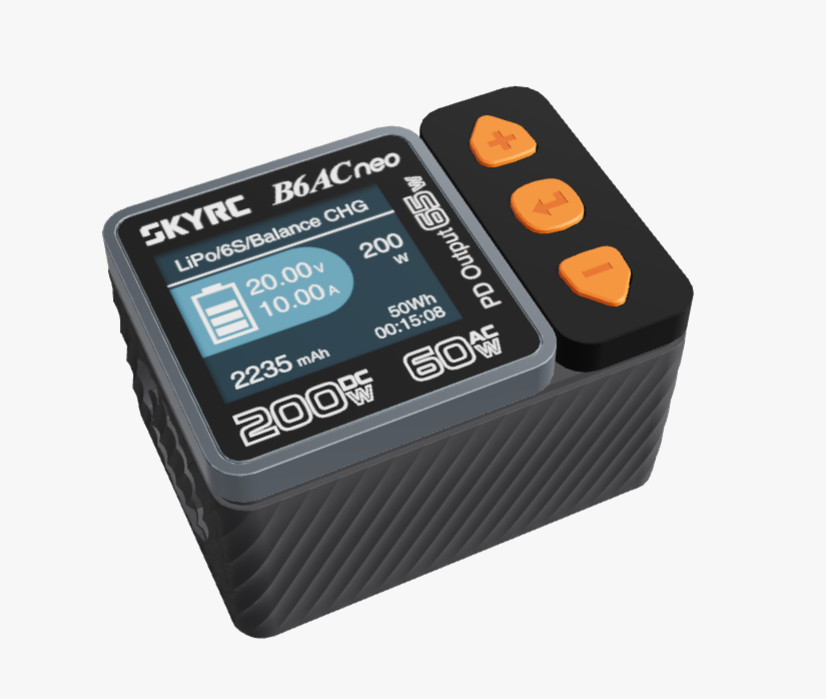When it comes to lithium batteries, understanding their capacity and how it’s measured is crucial, especially if you’re a frequent traveler or a tech enthusiast. The two primary units used to indicate a lithium battery’s capacity are Milliampere-hours (mAh) and Watt-hours (Wh). Each of these units provides different insights into the battery’s capabilities, and knowing the difference is essential for both safety and practicality.
The Basics of mAh and Wh
1. Milliampere-hours (mAh):
- What it Measures: mAh is a unit that measures the electric charge a battery can deliver over time. It indicates how much current a battery can provide for one hour. For instance, a battery rated at 1000 mAh can deliver 1000 milliamperes (1 ampere) for one hour.
- Common Usage: mAh is predominantly used for smaller devices like smartphones, where the voltage is usually standard.
2. Watt-hours (Wh):
- What it Measures: Wh takes into account both the voltage and the current of a battery, providing a more comprehensive measure of its energy capacity. For example, a battery delivering 1 watt of power for 1 hour would use 1 Wh of energy.
- Why It’s Important: Wh is a critical measure for comparing batteries across different devices and voltages. It gives a complete picture of how much energy a battery can store and release.
Airport Security: Why Wh Matters More than mAh
When traveling by air, the focus is primarily on the Wh rating of lithium batteries for several reasons:
1. Safety and Energy Measurement:
- Risk Assessment: Wh accurately indicates the total energy a battery can release, which is directly linked to safety risks like overheating or potential fires.
2. Adherence to International Standards:
- Regulatory Compliance: Organizations like the International Air Transport Association (IATA) use Wh ratings to set guidelines for carrying lithium batteries on aircraft.
Airport Security Guidelines for Battery Capacity
Understanding the maximum allowed Wh ratings is vital for travelers:
1. General Rule:
- Up to 100 Wh: Allowed without special approval.
- Spare Batteries: Permitted in carry-on baggage up to 100 Wh.
2. Larger Capacities:
- 100 Wh to 160 Wh: Requires airline approval.
- Above 160 Wh: Generally prohibited in passenger baggage.
SkyRC B6ACneo: A Leap in Charging Technology
The SkyRC B6ACneo charger is an excellent example of technology adapting to these standards. This advanced charger displays both mAh and Wh, catering to:
1. User Convenience: By displaying both units, users can get a comprehensive understanding of their battery’s charge and overall energy capacity.
2. Safety Compliance: With Wh display, users can ensure their batteries comply with air travel regulations, avoiding any inconvenience during security checks.

Final Thoughts
Understanding the difference between mAh and Wh is not just a matter of technicality but also a critical aspect of safety, especially when traveling. While mAh gives you an idea about the charge capacity, Wh tells you about the actual energy capacity, which is pivotal for assessing the safety risks associated with carrying lithium batteries on an aircraft. The next time you pack your bags, make sure to check the Wh rating of your lithium batteries to ensure a smooth and safe journey!
